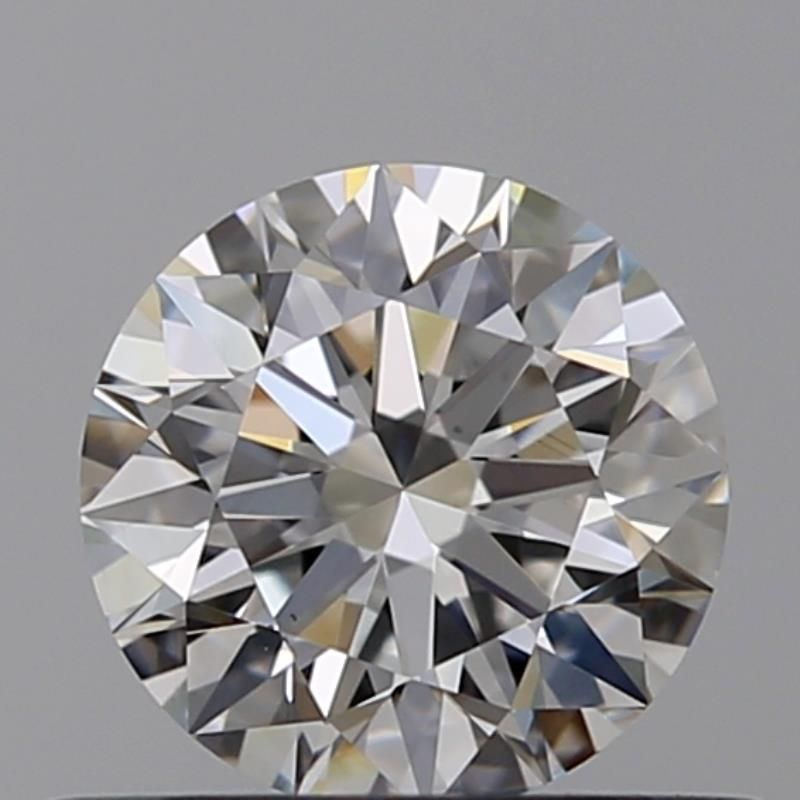What is Laboratory Grown Diamonds?
Laboratory-grown diamonds, also known as synthetic or cultured diamonds, are diamonds that are produced in a controlled laboratory setting as opposed to being mined from the earth. These diamonds have essentially the same chemical composition, crystal structure, optical, and physical properties as natural diamonds. They are created through two primary methods:
1. High Pressure High Temperature (HPHT): This method simulates the conditions under which natural diamonds form deep within the Earth. Carbon is subjected to high pressure and high temperature to form diamonds.
2. Chemical Vapor Deposition (CVD): This method involves the use of a carbon-rich gas in a controlled environment. The gas is ionized to break down its molecular bonds, allowing the carbon atoms to accumulate on a substrate, forming a diamond crystal.
These laboratory-grown diamonds have gained popularity for various reasons. They are generally more environmentally friendly and ethically sound, as they do not involve the extensive mining process associated with natural diamonds. Additionally, they often cost less than their natural counterparts, making them an attractive option for consumers.




















